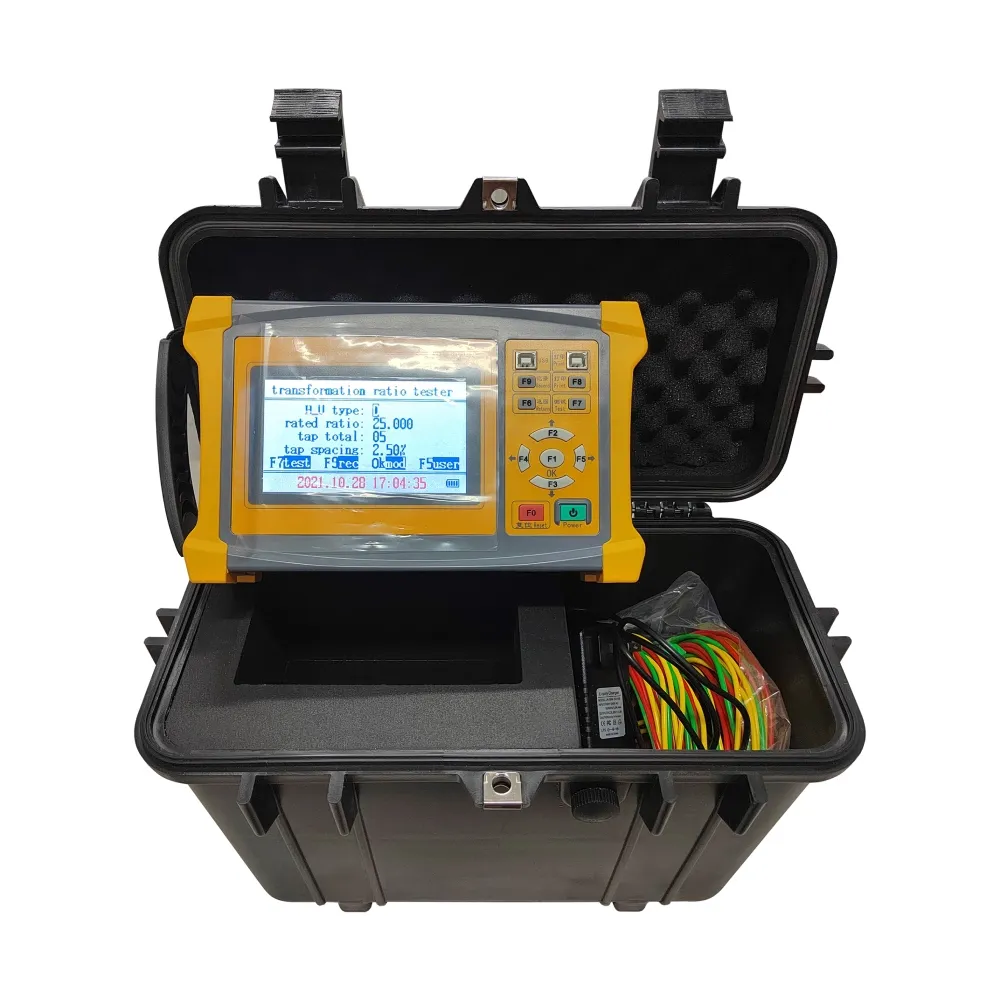 English
English



-
 Afrikaans
Afrikaans -
 Albanian
Albanian -
 Amharic
Amharic -
 Arabic
Arabic -
 Armenian
Armenian -
 Azerbaijani
Azerbaijani -
 Basque
Basque -
 Belarusian
Belarusian -
 Bengali
Bengali -
 Bosnian
Bosnian -
 Bulgarian
Bulgarian -
 Catalan
Catalan -
 Cebuano
Cebuano -
 China
China -
 China (Taiwan)
China (Taiwan) -
 Corsican
Corsican -
 Croatian
Croatian -
 Czech
Czech -
 Danish
Danish -
 Dutch
Dutch -
 English
English -
 Esperanto
Esperanto -
 Estonian
Estonian -
 Finnish
Finnish -
 French
French -
 Frisian
Frisian -
 Galician
Galician -
 Georgian
Georgian -
 German
German -
 Greek
Greek -
 Gujarati
Gujarati -
 Haitian Creole
Haitian Creole -
 hausa
hausa -
 hawaiian
hawaiian -
 Hebrew
Hebrew -
 Hindi
Hindi -
 Miao
Miao -
 Hungarian
Hungarian -
 Icelandic
Icelandic -
 igbo
igbo -
 Indonesian
Indonesian -
 irish
irish -
 Italian
Italian -
 Japanese
Japanese -
 Javanese
Javanese -
 Kannada
Kannada -
 kazakh
kazakh -
 Khmer
Khmer -
 Rwandese
Rwandese -
 Korean
Korean -
 Kurdish
Kurdish -
 Kyrgyz
Kyrgyz -
 Lao
Lao -
 Latin
Latin -
 Latvian
Latvian -
 Lithuanian
Lithuanian -
 Luxembourgish
Luxembourgish -
 Macedonian
Macedonian -
 Malgashi
Malgashi -
 Malay
Malay -
 Malayalam
Malayalam -
 Maltese
Maltese -
 Maori
Maori -
 Marathi
Marathi -
 Mongolian
Mongolian -
 Myanmar
Myanmar -
 Nepali
Nepali -
 Norwegian
Norwegian -
 Norwegian
Norwegian -
 Occitan
Occitan -
 Pashto
Pashto -
 Persian
Persian -
 Polish
Polish -
 Portuguese
Portuguese -
 Punjabi
Punjabi -
 Romanian
Romanian -
 Russian
Russian -
 Samoan
Samoan -
 Scottish Gaelic
Scottish Gaelic -
 Serbian
Serbian -
 Sesotho
Sesotho -
 Shona
Shona -
 Sindhi
Sindhi -
 Sinhala
Sinhala -
 Slovak
Slovak -
 Slovenian
Slovenian -
 Somali
Somali -
 Spanish
Spanish -
 Sundanese
Sundanese -
 Swahili
Swahili -
 Swedish
Swedish -
 Tagalog
Tagalog -
 Tajik
Tajik -
 Tamil
Tamil -
 Tatar
Tatar -
 Telugu
Telugu -
 Thai
Thai -
 Turkish
Turkish -
 Turkmen
Turkmen -
 Ukrainian
Ukrainian -
 Urdu
Urdu -
 Uighur
Uighur -
 Uzbek
Uzbek -
 Vietnamese
Vietnamese -
 Welsh
Welsh -
 Bantu
Bantu -
 Yiddish
Yiddish -
 Yoruba
Yoruba -
 Zulu
Zulu
Testing Tan Delta in Capacitor Voltage Transformers for Insulation Condition Assessment
Understanding the Tan Delta Test for Capacitor Voltage Transformers
The Tan Delta test, also known as the Dissipation Factor test, is a crucial diagnostic tool used to evaluate the insulation quality of capacitor voltage transformers (CVTs). CVTs play a pivotal role in high voltage power systems, providing accurate voltage measurements while simultaneously serving as a coupling device for protection relays. Given their significance in ensuring the reliability and efficiency of electrical systems, regular testing and maintenance are vital.
What is Tan Delta?
Tan Delta is a measure of the dielectric losses in insulating materials. It is defined as the ratio of the reactive power to the real power, and it indicates how much of the electrical energy is being lost as heat within the insulation. A low Tan Delta value signifies good insulation quality, while a higher value may indicate deterioration or other issues within the insulating materials.
Importance of the Tan Delta Test
The Tan Delta test offers several advantages
1. Early Detection of Insulation Degradation One of the primary benefits of the Tan Delta test is its ability to detect early signs of insulation failure. By comparing the Tan Delta values over time, maintenance engineers can identify trends that may indicate the degradation of the insulation system.
2. Assessment of Dielectric Strength The test provides insights into the dielectric strength of the insulation. This is particularly important for CVTs, as any weakness in insulation could lead to catastrophic failure, resulting in equipment damage or power outages.
tan delta test of cvt

3. Comprehensive Evaluation The Tan Delta test evaluates the entire insulation system, including the core and surrounding materials. This comprehensive assessment ensures that potential issues are not overlooked, aiding in the maintenance planning and prioritization of repairs.
4. Non-Destructive Testing The Tan Delta test is a non-destructive testing method, meaning it does not compromise the integrity of the CVT during the testing process. This is essential in ensuring that equipment remains operational while still allowing for thorough assessments.
Conducting the Tan Delta Test
The process of conducting a Tan Delta test involves several steps. First, the CVT is disconnected from the system to ensure accurate measurements without interference from external factors. Then, using a specialized test set, voltage is applied to the CVT, and the resulting current and phase shift are measured. The Tan Delta value is calculated from these measurements.
It is important to perform the test under controlled conditions, typically at rated voltage, to obtain valid results. Regular testing intervals depend on the specific application and the operational history of the equipment, but annual testing is often recommended.
Conclusion
In conclusion, the Tan Delta test is an essential procedure for assessing the insulation health of capacitor voltage transformers. By providing a reliable measurement of dielectric losses, it enables power system operators to detect potential failures before they culminate in significant issues. Regular implementation of the Tan Delta test not only enhances the operational reliability of CVTs but also contributes to the overall safety and efficiency of high voltage power systems. As the demand for reliable electrical infrastructure continues to grow, the importance of such testing methods cannot be overstated.
-
Testing Equipment Industry Sees Major Advancements in 2025: Smart & Precision Technologies Lead the WayNewsJun.06,2025
-
Applications of Direct Current Generators in Renewable Energy SystemsNewsJun.05,2025
-
Hipot Tester Calibration and Accuracy GuidelinesNewsJun.05,2025
-
Digital Circuit Breaker Analyzer Features and BenefitsNewsJun.05,2025
-
Benefits of Real-Time Power Quality Monitoring Devices for Industrial EfficiencyNewsJun.05,2025
-
Earth Fault Loop Testing in High-Rise Building Electrical SystemsNewsJun.05,2025



